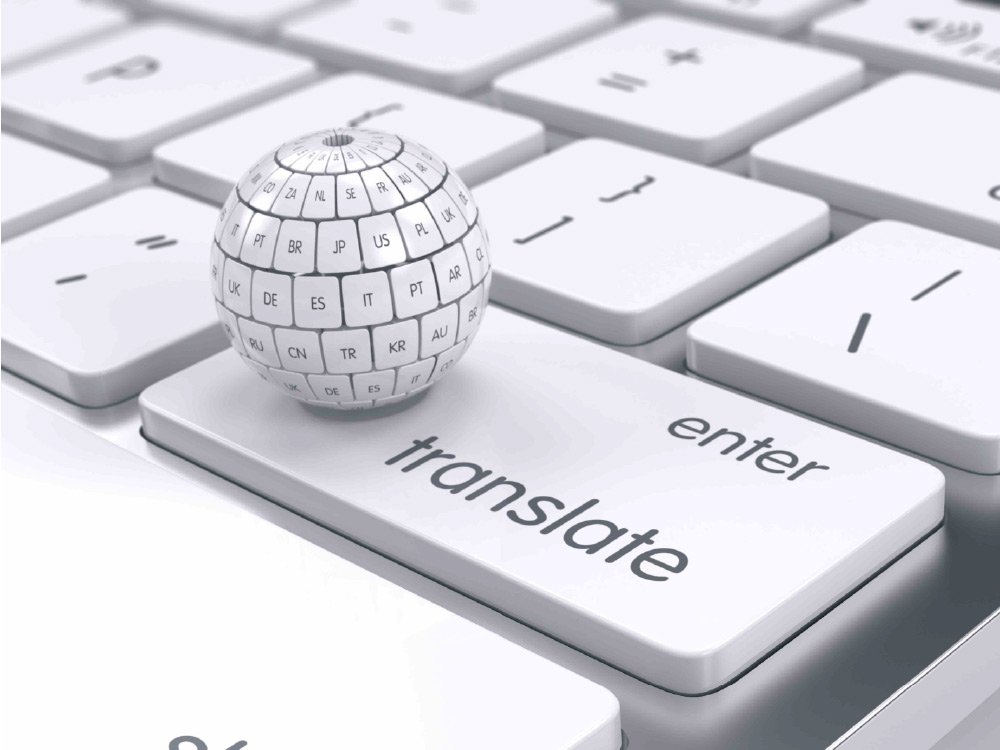The Benefits of Specializing in One Language Pair for Translation
As a translation firm, you want to provide the highest quality translations possible to your clients. One way to achieve this is by specializing in a single language pair. In this blog post, we will explore the benefits of specializing in one language pair for translation.
Expertise in the Language Pair
When a translation firm specializes in one language pair, they are able to develop a deep understanding of the linguistic nuances, idioms, and cultural references unique to that language pair. This expertise is then shared throughout the entire value chain, from the translators to the project managers and quality control specialists, ensuring that every aspect of the translation process is executed to the highest standards.
Quality Assurance
By having language expertise embedded throughout the value chain, specialized translation firms are able to ensure quality assurance processes are applied consistently and rigorously. This means that they are able to deliver superior quality translations that accurately capture the subtleties of the language and the cultural context in which it is used.
Efficiency
Specialized translation firms are able to streamline their processes and procedures by focusing on a single language pair. This means that they can deliver high-quality translations more efficiently, which translates into cost savings for clients.
Client Satisfaction
Specialized translation firms that focus on one language pair are better equipped to deliver high-quality translations that meet the specific needs of clients. They are able to provide a more personalized service and develop long-term relationships with clients, which can lead to increased customer satisfaction and loyalty.
Conclusion
Specializing in one language pair can offer significant benefits for translation firms. By developing a deep expertise in a single language pair, specialized firms are able to deliver superior quality translations that accurately capture the nuances, idioms, and cultural references unique to that language. This expertise is then shared throughout the entire value chain, ensuring that every aspect of the translation process is executed to the highest standards. So if you’re looking for a translation firm that can deliver the highest quality translations, consider partnering with one that specializes in your specific language pair.
